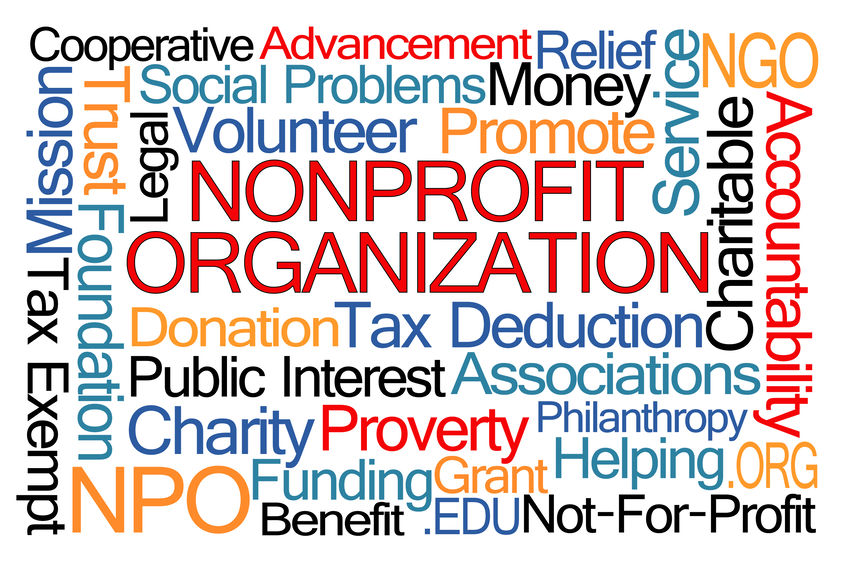For-profit to non-profit?
 I am approached frequently by baby boomers on whether they should make the leap from the For-Profit world to the Non-Profit world.
I am approached frequently by baby boomers on whether they should make the leap from the For-Profit world to the Non-Profit world.
The answer is almost always maybe.
I have had a tumultuous but successful career over the last decade and a half. Going from a large corporation to a successful high-tech startup to teaching high school math at an inner city high school to working for a large non-profit to another successful high-tech startup to starting my own business. Whew! I made a lot of mistakes along the way but learned much as well.
Going from the for-profit world to the nonprofit world is not necessarily straightforward. Here are 5 questions to ask yourself:
1. Are you passionate about the cause?
In general, non-profit organizations are cause driven. The large exceptions are trade associations. If you are going to make the leap, find a cause that you have experience with and an organization that you have volunteered for in the past. Cause-driven organizations want you to be invested in the cause. The exception might be if they are looking for specific skills for a specific project.
2. Are your skills transferable?
This is the tricky part. You may think your skills are transferable, but will the nonprofit organization think so? For example, if you have years of sales expertise, you might say to yourself that your sales skills are directly transferable into fundraising. You assumptions are correct, in general. Will the hiring organization think so as well? You may have some significant selling to do on that idea. In fact, your sales experience is not considered valid for non-profit fundraising certification purposes.
It is best you do your research and enroll in some courses in non-profit management.
3. Can you deal with ambiguity?
Very often, the decision-making process in the nonprofit world runs at a snail’s pace. Volunteer board of directors run most nonprofit organizations, and they often depend on other volunteers. The pace of decision-making can be painful for those of us that come out of the corporate world. In this new world, you often deal with a lot of ambiguity where no one answer is the right answer.
Can you handle that?
4. Do you understand non-profit financing?
You are probably thinking, “I am not an accountant, so why do I need to understand this?” The reality is that money affects most decisions, and it is easy to make a lot of assumptions. Here is one example:
Listen to the most recent episode


Marc Miller
Discover the Perfect Destination for Your Retirement or Remote Work Abroad #337
If a non-profit sells an item to raise money, does the organization need to collect sales tax? Most of you will say no because it is a non-profit. In Texas where I live, nonprofits can sell items on two days a year and not collect sales tax. This allows the non-profit to have two fundraising events a year and not bother collecting sales tax. Any other day of the year they must collect sales tax. Therefore, if you sell t-shirts on your nonprofit website every day of the year, you must collect sales tax.
You may think you do not need to understand non-profit financing but… it sure helps!
5. Have you checked the finances of the non-profit?
You should look at the IRS form 990 or 990-EZ filed by the non-profit to understand their financial status. You will find the last three year’s returns easily accessible on the GuideStar website. GuideStar’s mission is to gather and disseminate information about every single IRS-registered nonprofit organization.
You will discover the funding sources, the expenses of the organization, and the salaries of the top employees. You will quickly get an idea of the financial stability of the organization and whether they can afford to pay you!
What I learned from my experience is that I enjoy serving on nonprofit boards. I cannot tolerate the pace and ambiguity of working as paid staff in the non-profit world.
That is why I work for myself!
I can volunteer for the causes that I am passionate about. I choose to serve on one non-profit board – Launch Pad Job Club, the elder statesman of organizations that support the unemployed in the Central Texas Region.
What I cannot do is work for a non-profit!
Are you going to make the leap?
This post is part of a weekly series on the Personal Branding Blog.
You can read the original post on the Personal Branding Blog.
Like What Your Read? Get Career Pivot Insights
Do You Need Help With ...

Check out our Help Center where you have access to 14 different content portals.

